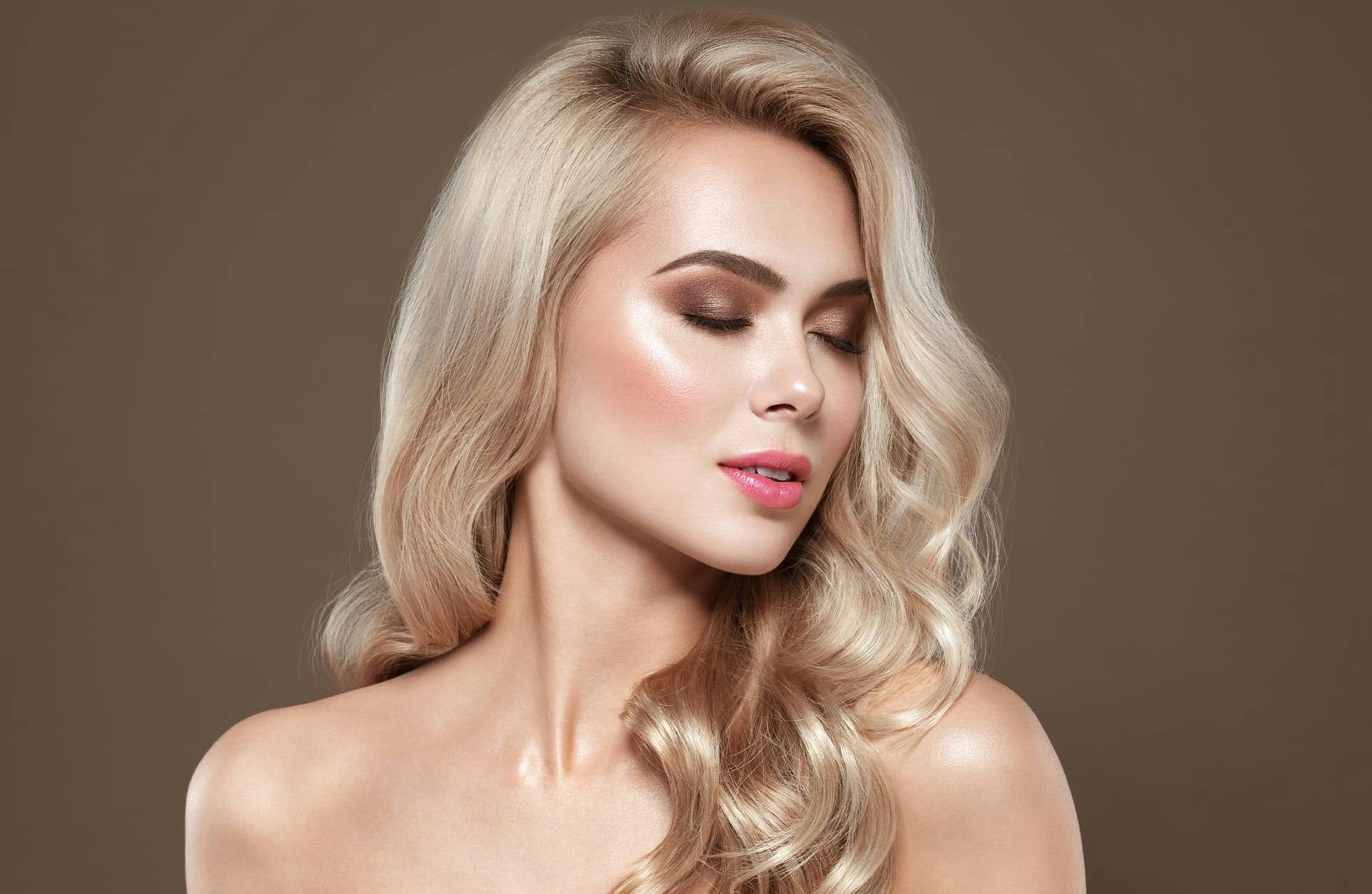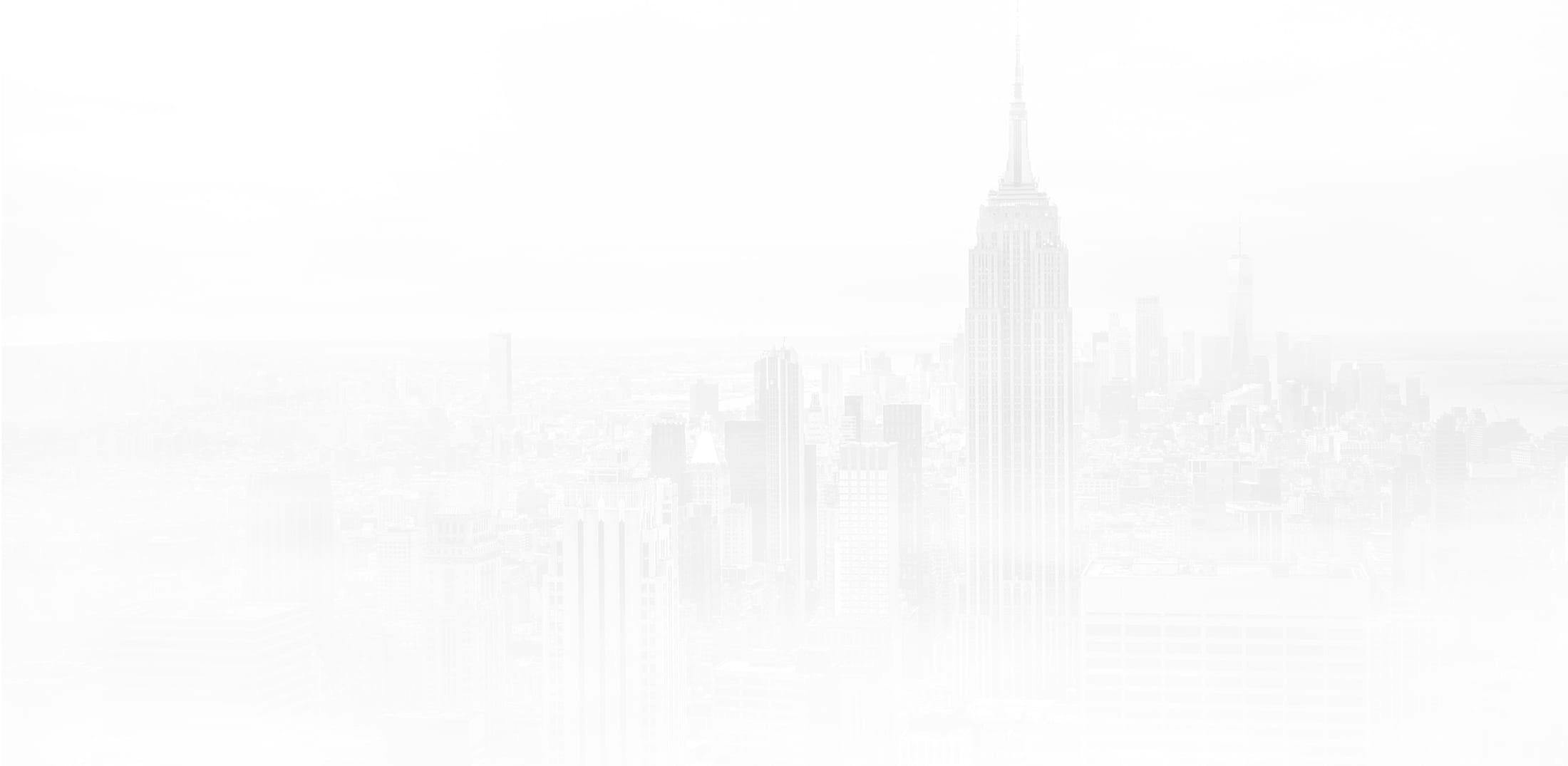The defining feature of your profile, and a focal point of your beauty, rhinoplasty is equal parts art and exacting precision. A delicate procedure that requires a skilled surgeon with an artistic eye.
Rhinoplasty Explained
A rhinoplasty, or nose job, is the surgical manipulation of bone, cartilage, and soft tissue of the nose. There are two predominant techniques: the open rhinoplasty and the closed rhinoplasty. Each modality offers advantages or disadvantages that are more significant to procedure selection in some patients than others.







